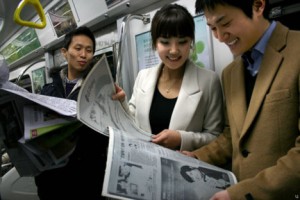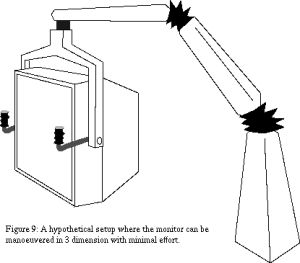I’m presenting a session at Web2Expo in San Francisco on May 4th, titled “Challenge, Drama & Social Engagement: Designing Mobile Augmented Reality Experiences“. Here’s the blurb:
Mobile augmented reality adds digital overlays and interactivity to the physical world using the sensors and display of your smartphone. Design of mobile AR experiences is complex and takes us well beyond the browser-based web. This session will give you a mix of practical knowledge and new ideas for creating AR experiences, drawing from web design, 3D graphics, games, architecture and stagecraft.
The next generation of mobile augmented reality applications will go well beyond simply overlaying points of interest, floating post-its and 3D models on the video display of your phone. Mobile AR is becoming a sophisticated medium for immersive games, situated storytelling, large-scale visualization, and artistic expression. The combination of physical presence, visual and audio media, sensor datastreams and social environments blended together with web services offers tremendous new creative possibilities. However, the design challenges of creating engaging, exciting and compelling experiences are quite significant.
Research on the design of technology-mediated experiences has shown that compelling experiences often involve a mixture of physical and mental challenge or self-expression, a sense of drama, sensory stimulation, and social interaction. These elements can give us a physical “buzz†by activating the release of adrenaline, endorphins and related neurochemicals.
Mobile AR puts us “where the action isâ€â€”in motion through the physical world, surrounded by other people, in a stimulating environment. AR applications additionally provide challenges, stories, information and communication. Factors that AR experience designers need to consider include:
- Goals of the AR experience
- Users’ cognitive model of the system
- Physical environment and context of the experience
- Social context of the experience
- Design of interaction models and experience mechanics
- Story, goals and outcomes
- Immersion and flow
- Design of visual and audio assets
- Non-player characters (“AIsâ€)
- Tracking and analytics
- Technical capabilities and limitations of the AR system
- Managing the production process (designing an AR experience has much in common with producing a movie on location)
Should be fun, ping me if you’re going to be at the conference!


